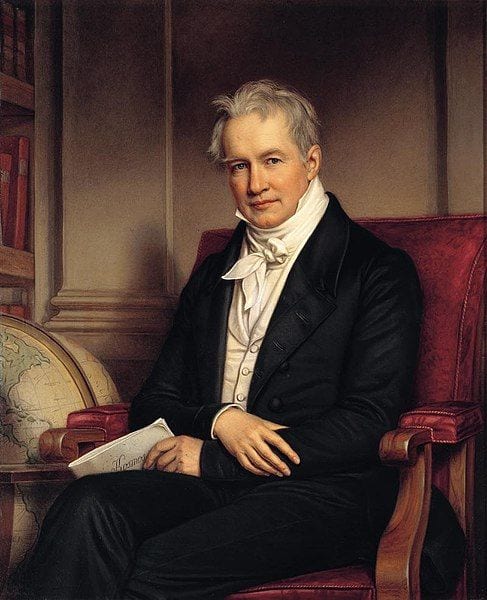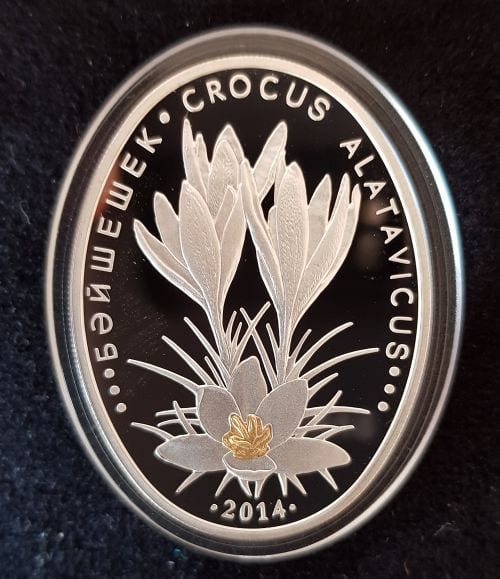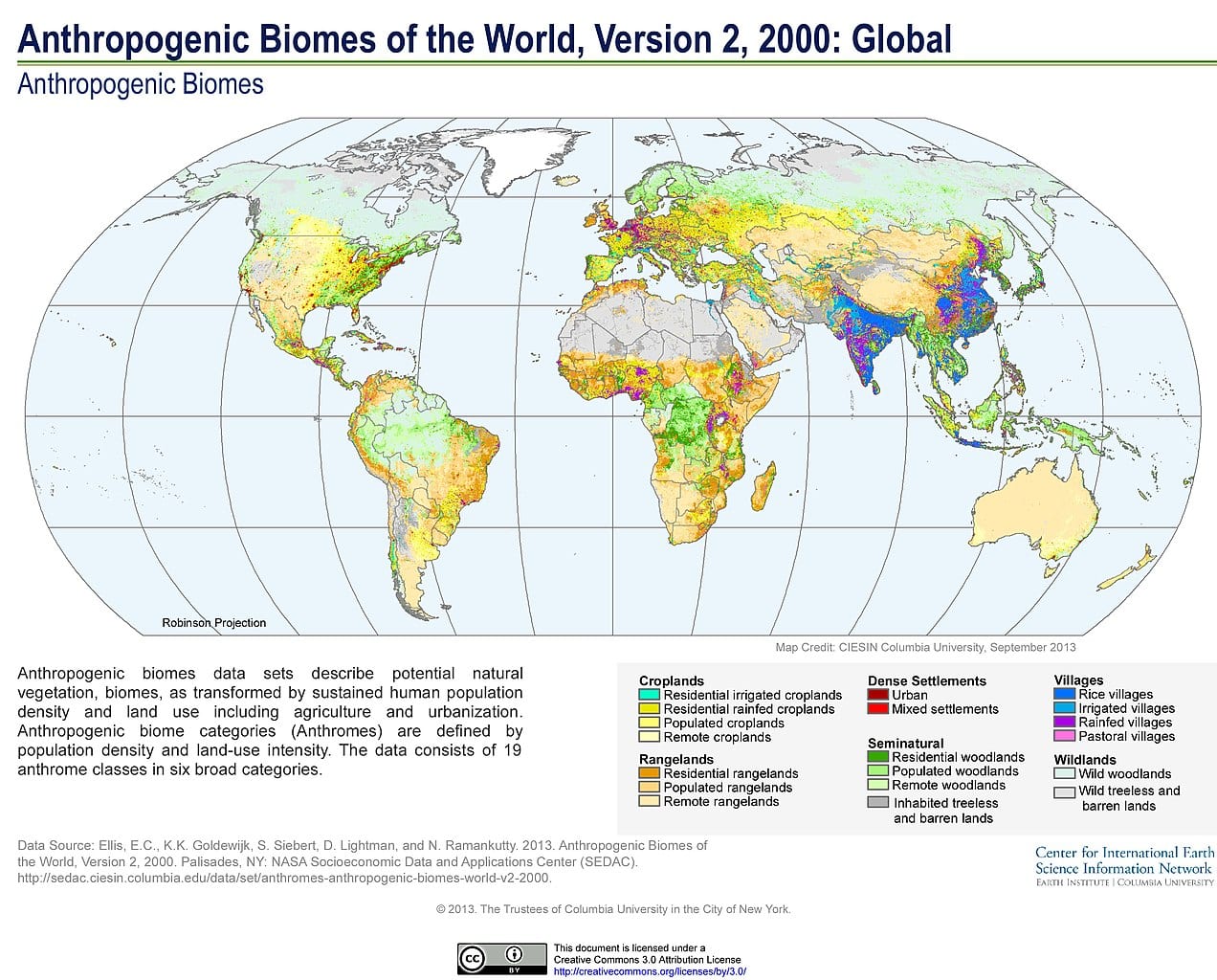A B O U T
PLANTS, PEOPLE, PLANET: an Australian Perspective
This web site is about the historical relationship between plants, people and their life-support system – planet Earth.
More specifically it is an investigation into the biological and cultural coevolution of plants and people – and its implications for the future.
If you are interested in human history, the environment, or creating a more sustainable future – then there will be plenty here for you. But the real feast is for gardeners, plant scientists, historians, philosophers, environmentalists and all students of biology. The author is Australian, so this is the historical perspective from which the articles are written.
The site contains about 350 cross-referenced articles arranged into major themes under the main menu. Run your mouse over the main menu headings and you will soon become familiar with the various topics in the drop-down menus below.
Each article is a synopsis of a particular topic, like a critical essay, containing hyperlinks to related articles and other media discussing the topic.
The articles vary in length, but most can be read in one reading of about 10 minutes or so. With the student in mind, articles have sections devoted to’ key points’, ‘commentary’, ‘timelines’, and ‘references’: they are authoritative, but engaging and user-friendly.
For a more in-depth explanation of the web site and its objectives, see the articles under the ‘Welcome’ button.
Latest Articles
Alexander von Humboldt
Von Humboldt was a sensation in his day, his list of admirers being both long and impressive. At the head of this list was Charles Darwin who idolized Humboldt, describing him as the ‘greatest scientific traveller who ever lived’. With Humboldt’s works beside his hammock on HMS Beagle Darwin declared that ‘He (von Humboldt) illuminates everything I behold’, acknowledging that without Humboldt’s influence he would not have stepped on the Beagle or conceived of ‘The Origin of Species . . ..
Coin plant iconography
The skilled engraving (celature) of plant images (plant iconography) that appears on coins of the world is a neglected aspect of botanical art. The fascination of coins is that they are attractive, mass-produced, communal, and universally accessible physical objects; they persist, with little alteration, through long periods of time. Like other historical artefacts and antiques they fascinate us by combining human technological, scientific, and artistic ingenuity into a tangible connection with the past. Like a flag, logo, or emblem they provide a focus of identity for social groups – usually nations.
The Age of Plants
Cultivated plants now cover a significant proportion of the earth’s land surface. As anthropogenic biomes (anthromes) they are a key global indicator of human planetary impact in the Anthropocene. The dawn of an Age of Plants began when humans commandeered world vegetation in the 400 years between about 1550 and 1950. It was launched by two key events, one scientific, the other socio-economic. First, was the origin, in the 1540s, of the discipline of botany. Second, was the launch of a European spice race that hunted the lucrative botanical holy grail of distant nutmeg, mace, and cloves, connecting the Old World to the New World as a first major step towards a global economy. The following 400 years of exploration, trade, and economic botany reached its height with 18th century botanophilia before plants became hidden in the socio-economic fabric of complex industrial societies.





